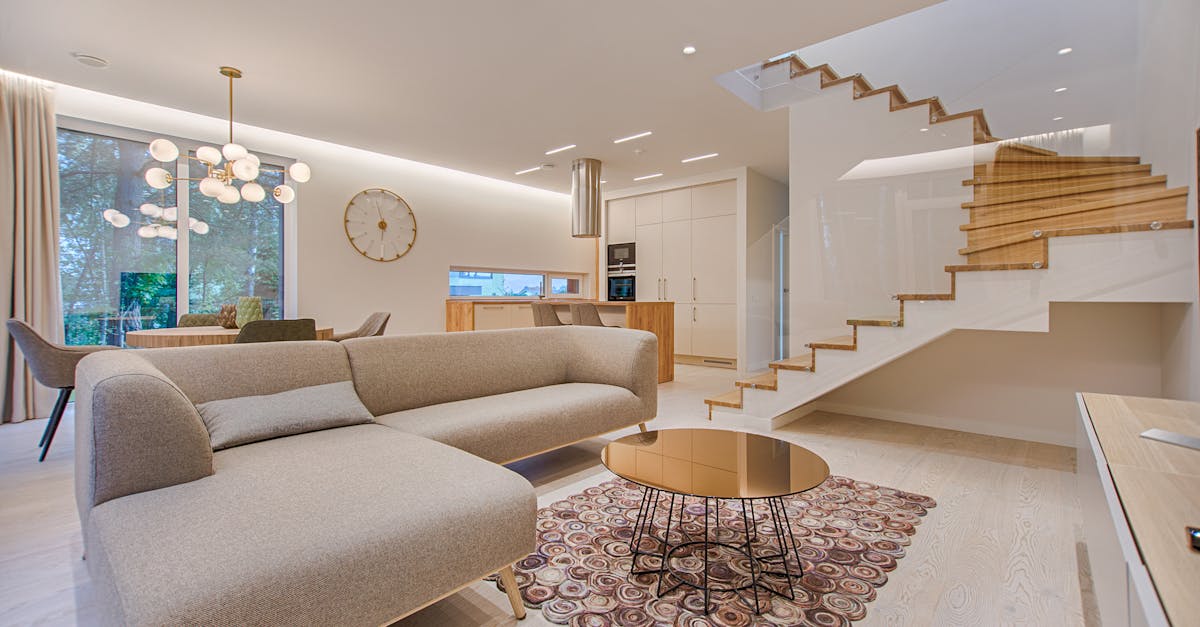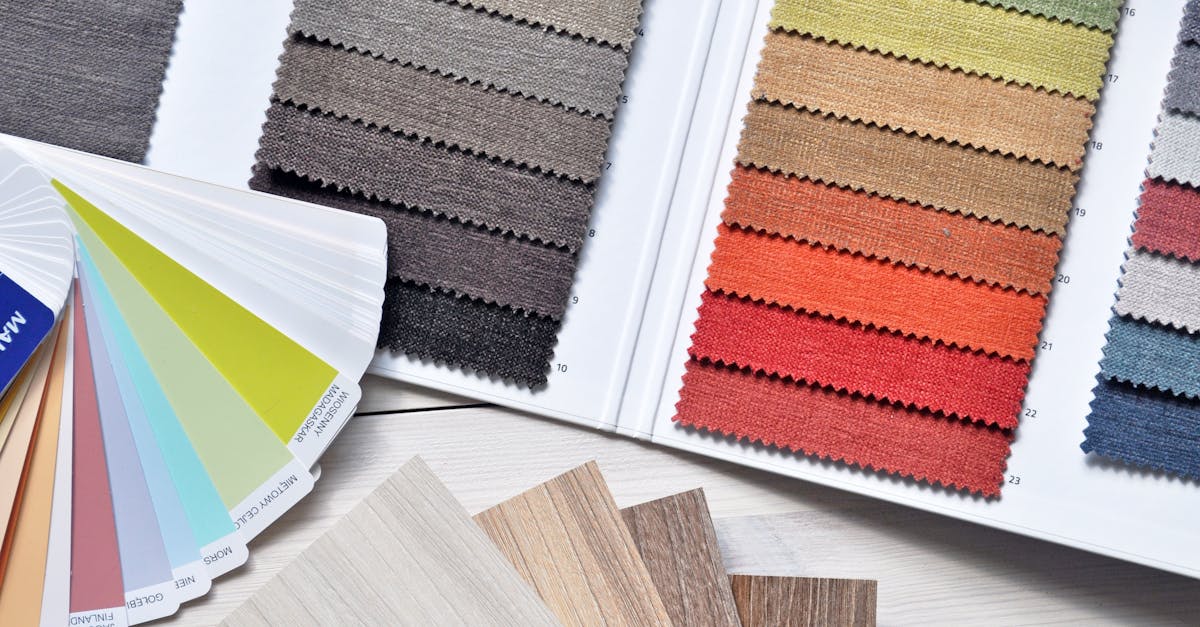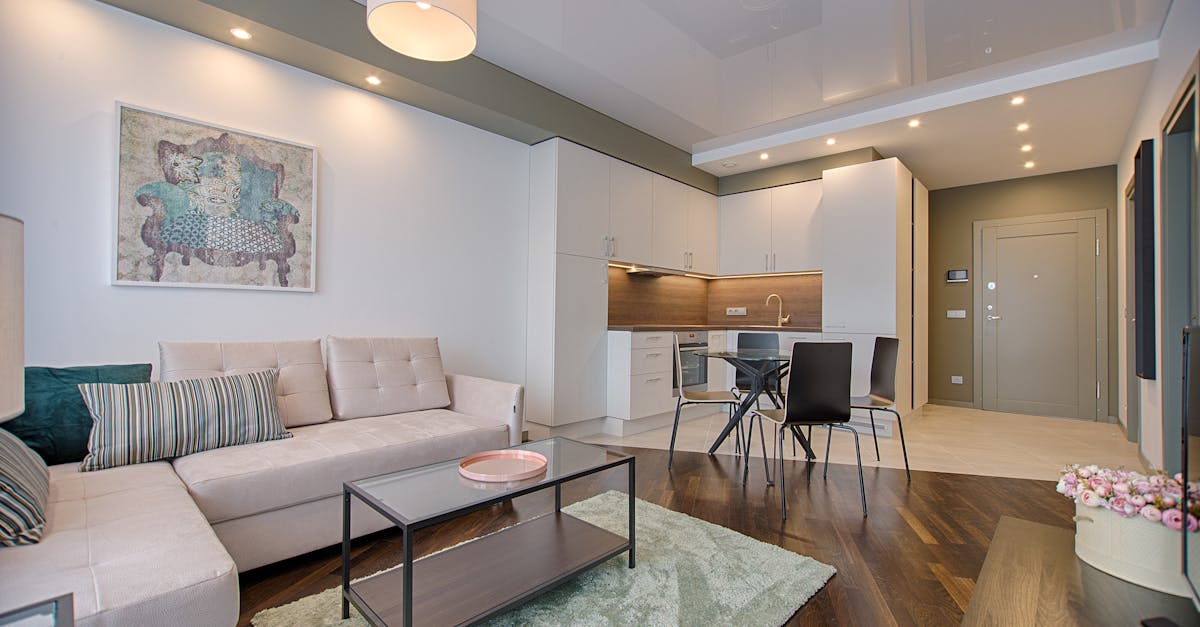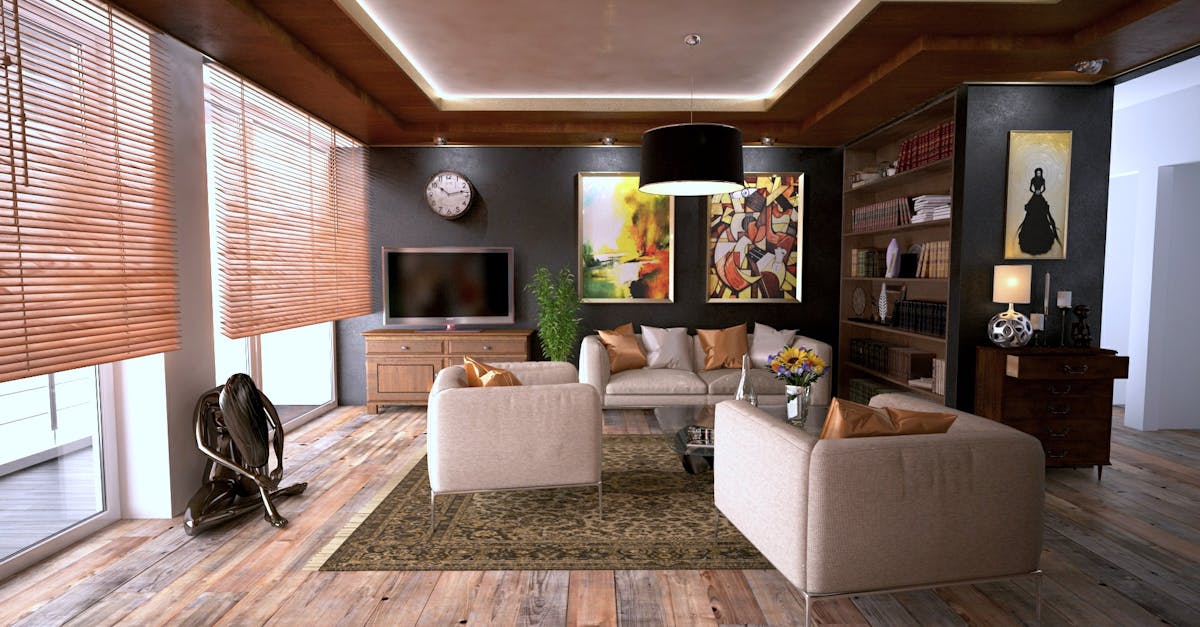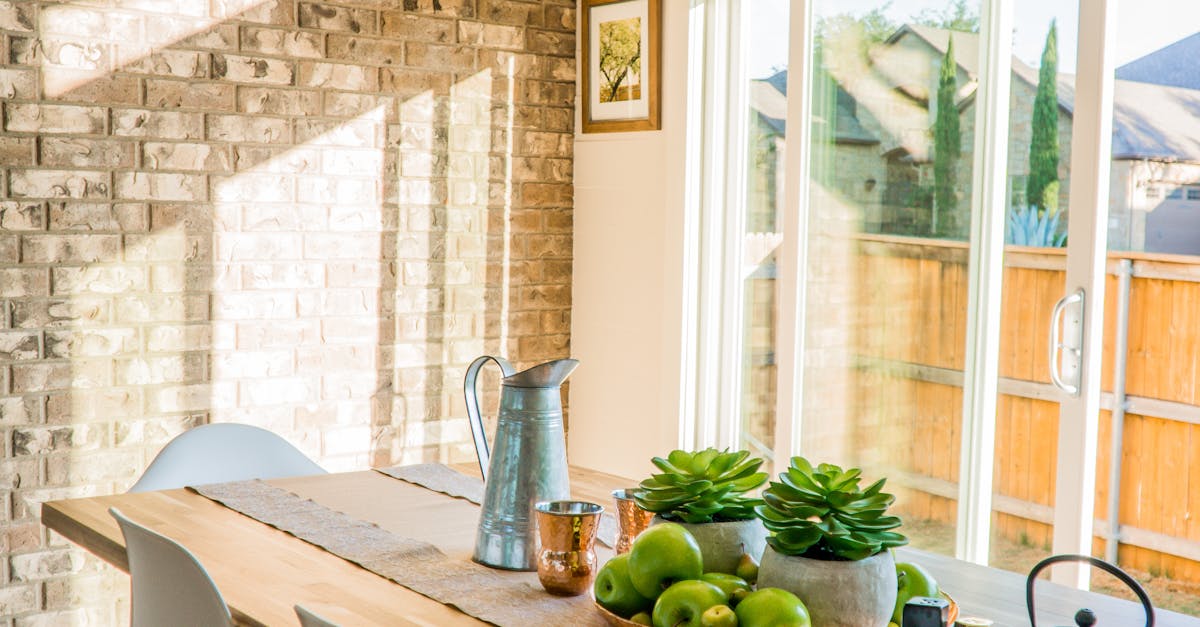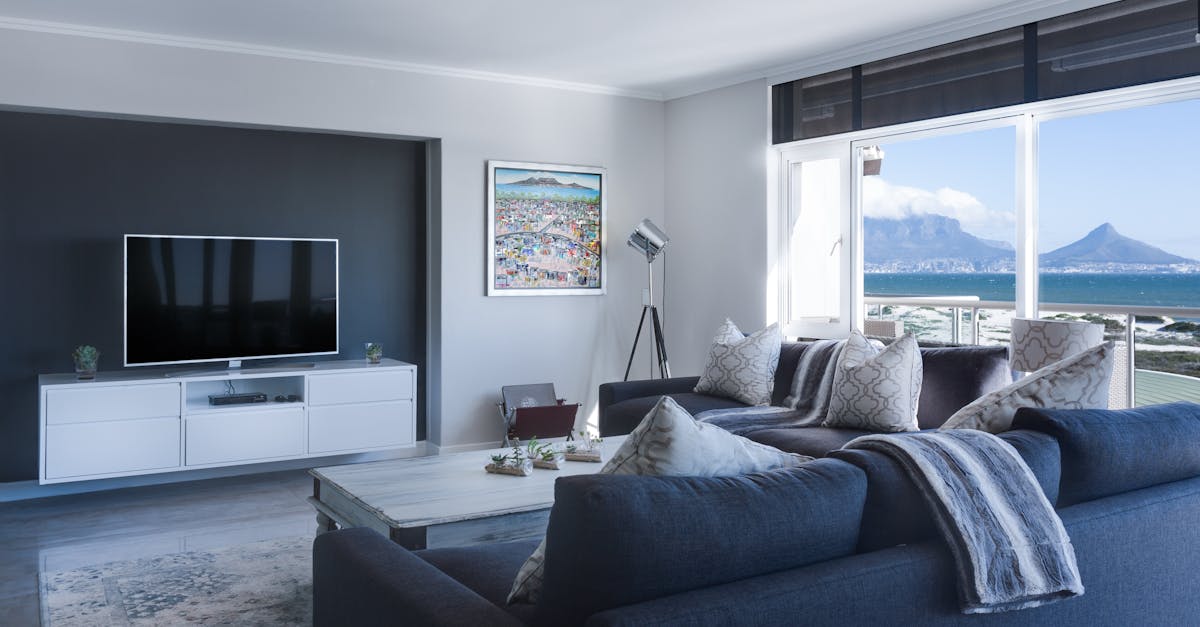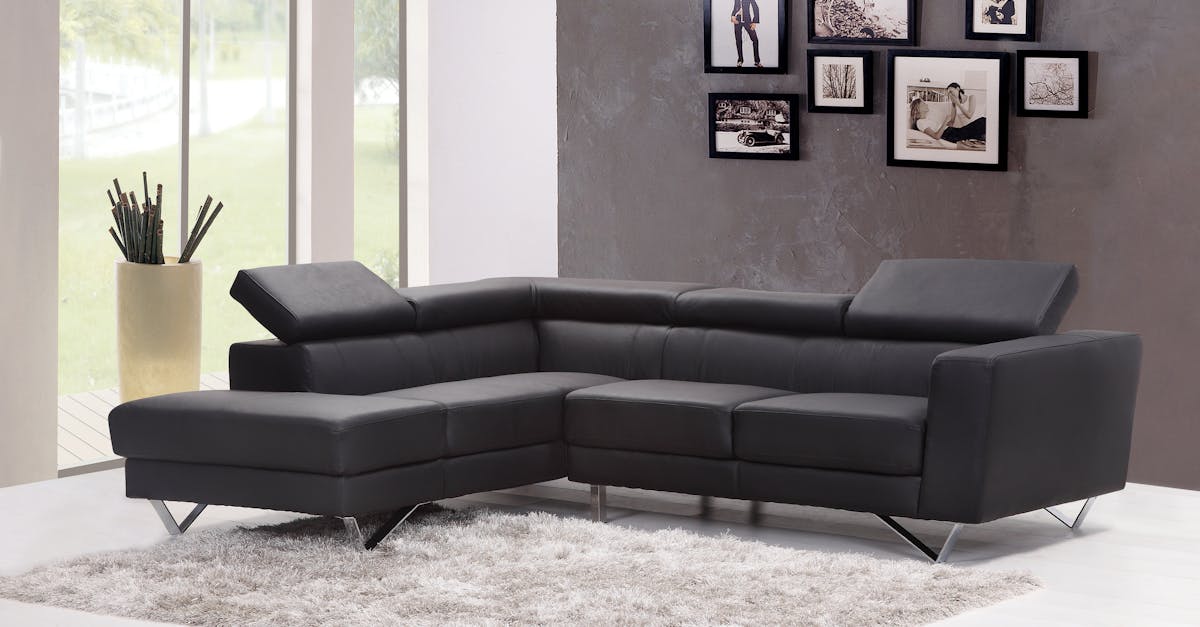
Rendering and Visualization
Table Of Contents
At Rrepairelpasotx, we specialize in providing top-notch rendering and visualization services for interior design projects. Our team of experienced designers uses the latest technology and software to create realistic and detailed 3D renderings of your space, allowing you to visualize the final look before any construction begins. Whether you're renovating your home or designing a commercial space, our professional team will work closely with you to bring your vision to life. With our rendering and visualization services, you can make informed decisions, streamline the design process, and ensure that your project turns out exactly the way you imagined. Trust Rrepairelpasotx to transform your space into a stunning and functional masterpiece.
Enhancing Communication Through Rendering
Rendering in the world of interior design plays a crucial role in bridging the gap between the creative vision of designers and the understanding of clients. By utilizing advanced 3D rendering techniques, interior designers can effectively communicate their design concepts in a visually captivating manner. Through the use of photorealistic imagery, clients are able to envision the final look and feel of a space even before it is created, resulting in better decision-making and alignment of expectations between stakeholders.
Incorporating realistic textures in renderings further enhances the overall communication process by adding depth and authenticity to the visual representation of a design. From the softness of a plush sofa to the roughness of exposed brick walls, textures help create an immersive experience for viewers, enabling them to feel the atmosphere and ambiance of a space with greater clarity. By paying attention to even the smallest details, such as the interplay of light and shadows on different surfaces, designers can ensure that their renderings evoke the desired mood and evoke emotional responses from clients and other project stakeholders.
Using Photorealistic Imagery to Convey Design Concepts
Photorealistic imagery plays a crucial role in effectively communicating design concepts in the realm of interior design. By harnessing the power of sophisticated rendering engines and cutting-edge technology, designers can present an accurate visual representation of their ideas to clients and stakeholders. With the use of tools such as 3ds Max, Revit, and Maya, professionals can create lifelike images that showcase every detail of a proposed design, from the intricate textures of materials to the play of light and shadow within a space.
The level of realism achieved through photorealistic imagery enables clients to immerse themselves in a virtual representation of the final design, offering a preview of how the space will look and feel once completed. By integrating elements such as realistic lighting, accurate dimensions, and precise camera angles, designers can provide viewers with an authentic visualization of their vision. This immersive experience not only aids in conveying the design concept effectively but also enhances the overall understanding and appreciation of the proposed interior environment.
Incorporating Realistic Textures in Renderings
When incorporating realistic textures in renderings, interior designers aim to elevate the visual appeal and authenticity of their designs. By carefully selecting textures that mimic real materials such as wood, fabric, or metal, designers can create a more immersive experience for viewers. These textures not only add depth and detail to the renderings but also help convey the quality and feel of the intended design concept. Through the use of advanced rendering software and techniques, designers can achieve a level of realism that closely resembles the actual finished space, allowing clients to better visualize the end result.
Furthermore, realistic textures play a crucial role in enhancing the overall aesthetic of architectural visualizations. By harnessing the power of high-resolution textures and materials, designers can create more engaging and lifelike renderings that capture the essence of the proposed design. Whether it's showcasing the luxurious marble finishes of a hotel lobby or the cozy fabrics in a spa setting, textures help to evoke emotions and convey the intended atmosphere of the space. By paying attention to even the smallest details such as grain patterns, reflections, and shadows, designers can craft renderings that not only look visually stunning but also resonate with clients on a deeper level.
Creating an Immersive Experience for Viewers
Immersive experiences in interior design visualizations play a pivotal role in allowing clients to truly envisage the ambiance and aesthetics of a space. By leveraging advanced 3D rendering techniques, designers can create environments that feel vividly real and captivating. Through the use of photorealistic renderings, complete with realistic textures and lighting effects, viewers can immerse themselves in a virtual representation of the proposed design concept.
Moreover, incorporating interactive elements such as augmented reality (AR) further enhances the immersive experience for viewers. By superimposing digital renderings onto the real environment through AR applications, clients can walk through and interact with a space even before it is constructed. This fusion of technology with design not only elevates the level of engagement but also provides a dynamic platform for stakeholders to collaborate effectively and make informed decisions about the design direction.
The Impact of Lighting and Shadows in Renderings
Lighting and shadows play a vital role in the creation of realistic and visually appealing renderings in the field of interior design. By carefully manipulating light sources and shadows, designers can bring depth, warmth, and a sense of realism to their digital visualizations. The interplay of light and shadow adds dimension to the space, emphasizing architectural details, textures, and forms within the rendering.
Properly managing lighting and shadows in renderings can significantly impact how a design is perceived by clients and stakeholders. By strategically placing light sources and adjusting the intensity and direction of light, designers can highlight key features, create ambiance, and evoke specific moods within the virtual space. Shadows, on the other hand, add depth and contrast to the rendering, enhancing the overall sense of realism and making the design feel more tangible and immersive to viewers.
Enhancing Realism in Architectural Visualizations
To enhance the realism in architectural visualizations, incorporating natural light and global illumination is paramount. Natural light plays a crucial role in creating a realistic ambiance within a space, simulating how light interacts with surfaces and objects. By accurately representing the interplay of light and shadows, designers can elevate the visual appeal of their renderings while conveying a sense of depth and dimension. Global illumination techniques further enhance the realism by considering how light bounces off surfaces and illuminates the environment, contributing to a more lifelike portrayal of the design concept.
Additionally, integrating realistic textures and translucencies into architectural renderings helps create a visually compelling and immersive experience for viewers. By meticulously designing and applying textures that closely resemble real-life materials, such as wood, metal, or fabric, designers can evoke a tactile sensation that enriches the overall visual representation. Furthermore, incorporating translucencies, such as glass or water elements, adds a layer of complexity and authenticity to the visualization, enhancing the level of detail and realism. These elements combined significantly contribute to crafting architectural visualizations that resonate with clients and stakeholders, effectively showcasing the envisioned design concept in a compelling and convincing manner.
FAQS
What is rendering in the context of visualization?
Rendering is the process of generating an image based on three-dimensional data, often used in architecture and design to create realistic representations of buildings and spaces.
How can photorealistic imagery enhance communication in design?
Photorealistic imagery allows designers to convey their ideas and concepts with clarity and precision, making it easier for clients and stakeholders to visualize the final outcome.
Why is incorporating realistic textures important in renderings?
Realistic textures add depth and detail to renderings, making them more visually appealing and helping to create a sense of realism in the virtual environment.
How can lighting and shadows impact the quality of renderings?
Lighting and shadows play a crucial role in creating a sense of depth, atmosphere, and realism in renderings, enhancing the overall visual impact of the design.
What are some techniques for enhancing realism in architectural visualizations?
Techniques such as adding reflections, ambient occlusion, and atmospheric effects can greatly improve the realism of architectural visualizations, making them more immersive and engaging for viewers.
